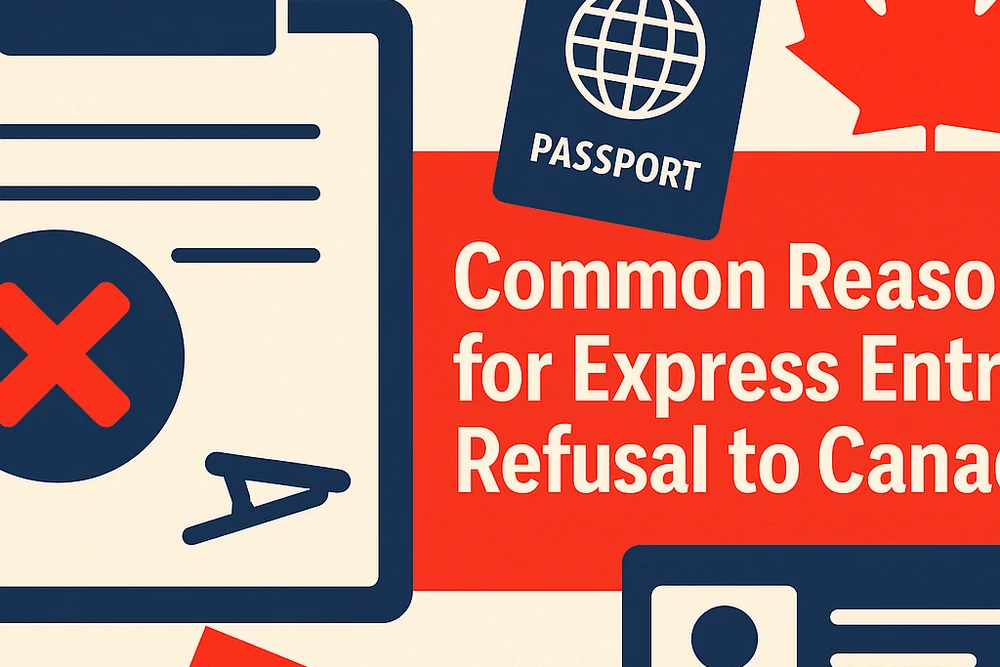Advertisements
Getting married to a Canadian citizen or permanent resident is exciting — but navigating the visa process? That’s where things get tricky.
The truth is, many couples underestimate how complex the Canadian marriage visa sponsorship process can be. One missing document or confusing answer could lead to serious delays — or even a rejection.
But don’t stress. This guide breaks it down into simple, manageable steps so you can focus on starting your life together in Canada.
Understand the Basics of Marriage Sponsorship
Canada offers two main streams for spousal sponsorship:
- Inland Sponsorship: For couples already living together in Canada. The applicant may also apply for an open work permit.
- Outland Sponsorship: For couples living apart. The application is processed through the visa office in the applicant’s home country.
Choosing the right stream is your first big decision. It impacts everything — from timelines to travel flexibility.
Confirm Your Eligibility as a Sponsor
To sponsor your spouse, you must:
- Be a Canadian citizen or permanent resident
- Be at least 18 years old
- Not be receiving social assistance (except for disability)
- Have no serious criminal convictions related to violent offenses or immigration fraud
You don’t need to meet a minimum income requirement, but you do need to sign a financial undertaking promising to support your spouse for 3 years.
Make Sure Your Relationship Qualifies
Canada recognizes three types of partnerships for spousal sponsorship:
- Married: Legal marriage recognized under Canadian law
- Common-law: At least 12 months of continuous cohabitation
- Conjugal partners: In a committed relationship but unable to live together due to barriers (like immigration restrictions)
Each type requires a different kind of proof, so make sure your documents match your relationship status.
Gather Strong Proof of Your Relationship
This is the most important part of your application. IRCC wants to see that your relationship is genuine and not entered into for immigration purposes.
Include things like:
- Wedding photos or event invitations
- Travel records showing trips together
- Screenshots of chats, video calls, or texts over time
- Statements from friends or family
- Joint bank accounts, leases, or bills (if applicable)
Tip: Organize your evidence in chronological order to make it easy for officers to follow your relationship timeline.
Prepare Your Application Package
You’ll be filling out multiple forms — both as a sponsor and as the applicant. These include:
- IMM 1344 (Sponsorship Application)
- IMM 5532 (Relationship Questionnaire)
- IMM 5406 (Additional Family Info)
- Police certificates and medical exams
- Supporting documents like passports, marriage certificates, and photos
Double-check the latest checklist on the IRCC website to make sure nothing is missing.
Submit Online Through the IRCC Portal
As of 2025, most spousal sponsorship applications are submitted online via the IRCC Permanent Residence Portal.
You’ll need to:
- Create an account
- Upload all completed forms and supporting documents
- Pay the fees (approx. CAD $1,080 for sponsor + principal applicant)
- Submit your file and wait for an acknowledgment of receipt
Once accepted, you’ll get a unique application number and can track your progress online.
Apply for an Open Work Permit (Inland Stream Only)
If you’re applying from within Canada, you can also apply for an open work permit at the same time. This allows you to work legally while waiting for your permanent residency.
The work permit application is submitted alongside the sponsorship application, and processing usually takes around 4–5 months.
Respond Quickly to Requests from IRCC
Sometimes, immigration officers may ask for more documents or clarifications.
Common requests include:
- Updated relationship proof
- Additional police certificates
- Biometrics or medical exams
- Explanations of travel gaps or unclear documents
Responding quickly and completely can prevent major delays in your processing time.
Know the Average Processing Time
Spousal sponsorship usually takes 12 to 16 months, depending on the stream and country of origin. While you wait:
- Don’t change your address or contact info without notifying IRCC
- Avoid unnecessary international travel (especially if applying Inland)
- Keep copies of everything
Patience is key. It’s a long process, but a well-prepared file makes a big difference.
Prepare for a Possible Interview
Not all couples are interviewed, but it can happen if your application raises doubts. Officers might ask about:
- How you met
- Shared daily routines
- Family involvement in your relationship
- Future plans together in Canada
The interview can happen in-person or virtually. Be honest and consistent with your answers.
Final Sponsorship Approval and Next Steps
Once approved, the sponsored partner will receive a Confirmation of Permanent Residence (COPR) and instructions to complete the landing process.
If applying from inside Canada, you’ll be mailed your PR card. If applying from abroad, you’ll enter Canada as a permanent resident at the port of entry.
From that point, you can:
- Live and work freely in Canada
- Access healthcare and social services
- Begin the countdown to citizenship eligibility
Summary Checklist
- Choose Inland or Outland stream
- Confirm both sponsor and applicant eligibility
- Collect strong proof of your relationship
- Complete and double-check all forms
- Submit your file via IRCC Portal
- Apply for work permit (if Inland)
- Monitor for IRCC updates or requests
- Prepare for a possible interview
- Receive COPR and complete landing process
Frequently Asked Questions
How long does it take to process spousal sponsorship in Canada?
Processing usually takes between 12 and 16 months, depending on the case and country.
Do I need to be married to apply?
No. Common-law and conjugal partners are also eligible if they meet the criteria.
Can my spouse work in Canada while the application is being processed?
Yes, if you apply through the Inland stream and include an open work permit application.
What happens if my application is rejected?
You may be able to appeal or reapply. It’s important to review the reasons for rejection carefully.


